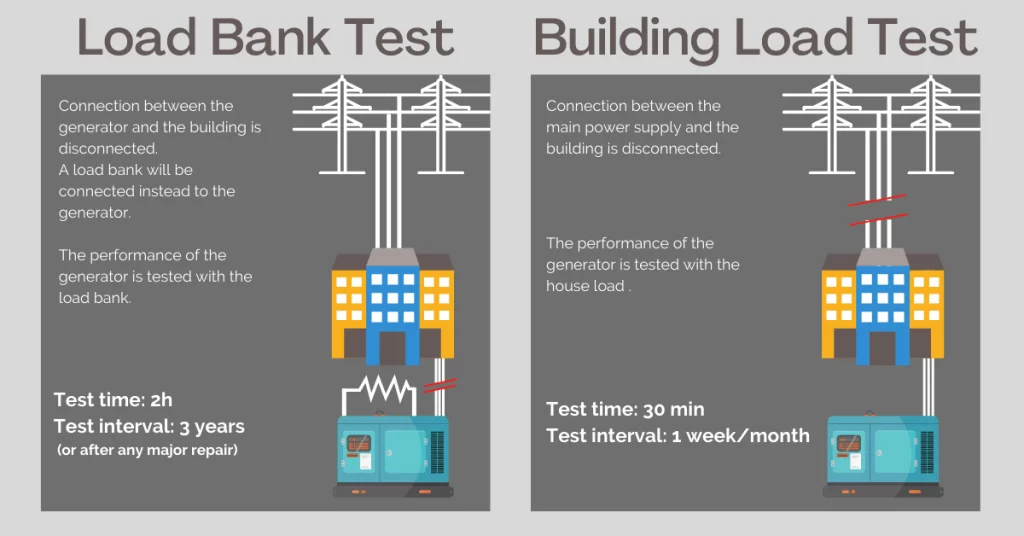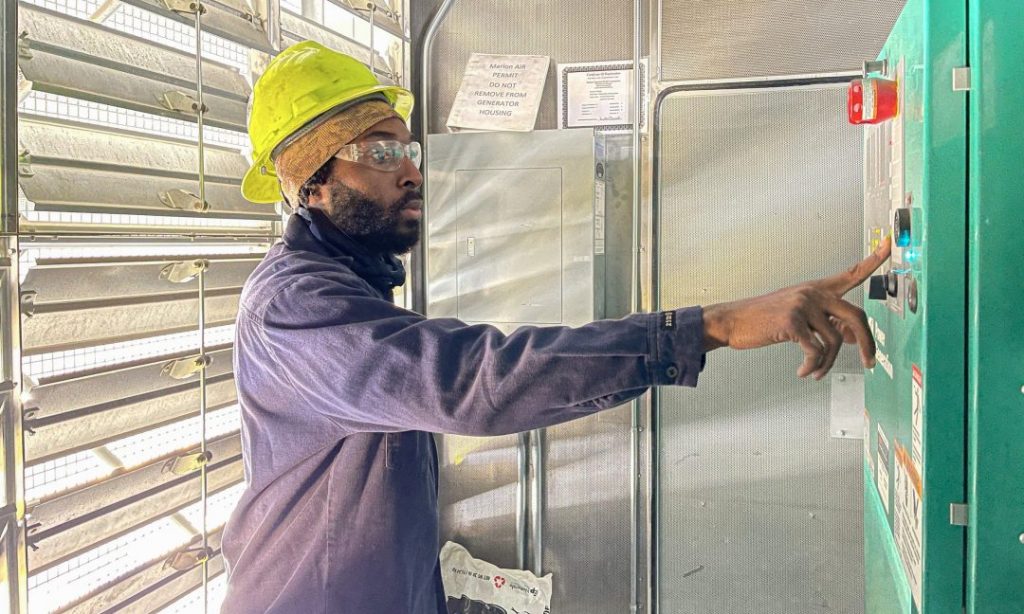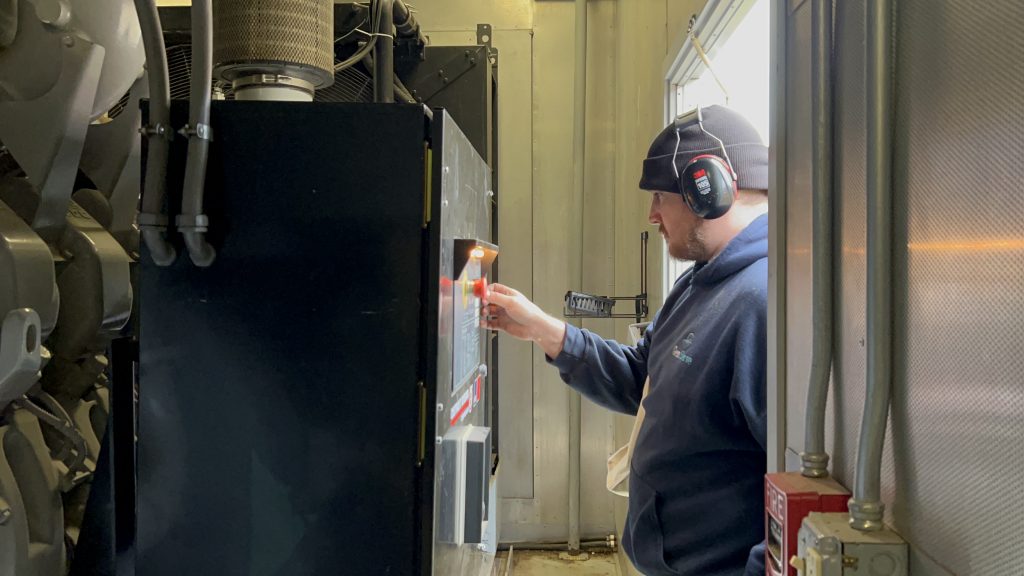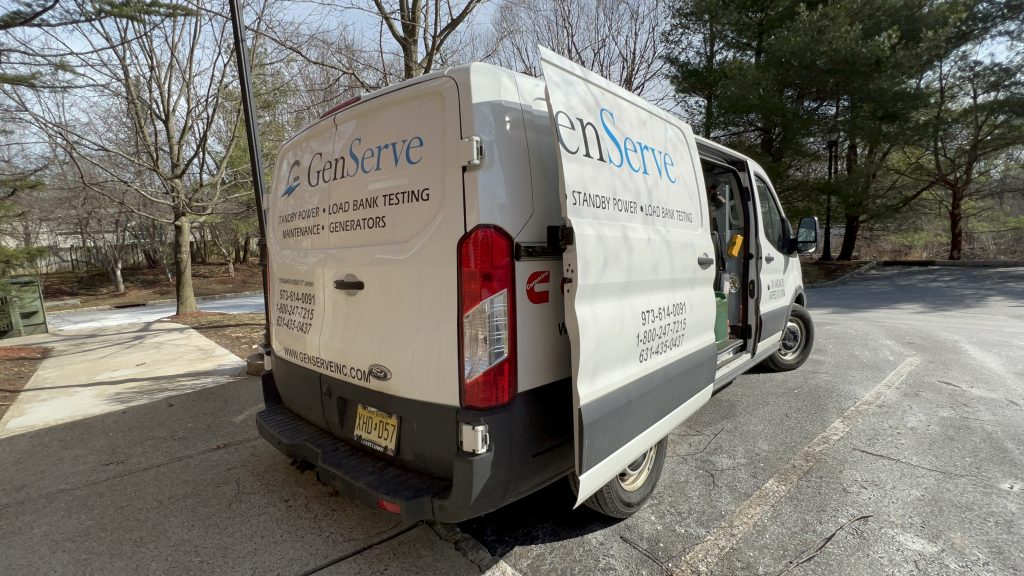What is the difference between a load bank test and a building load test, and why are they both necessary? This question sometimes causes confusion as both seem very similar.
● But what are the differences?
● Why do you need them?
● And how are they performed?
While both tests are important, they serve different purposes and are not interchangeable. This article puts an end to all the head-scratching and will explain both tests in detail.

What is a Load Bank Test?
A load bank is a device that allows you to test the output of your generator by simulating a load.
So a load bank simulates the actual load of an electrical system and can be used to test the system’s ability to generate power and maintain voltage and current levels within specified limits.
By testing your generator with a load bank, you can verify that it is capable of supplying the power required to run your business or home during a power outage.
Why is a Load Bank Test Important?
Load bank testing is an essential part of maintaining a generator. The test helps ensure that the generator can handle a full load and identifies potential problems during use.
This type of testing is typically required every three years by NFPA110 standards.
How is a Load Bank Test Performed?
A load bank test should only be performed by certified generator technicians and companies.
The load bank equipment is connected to the generator. During the test, the load varies. For example, typically the test may require that for 30 min, the load is 30%. Then the load may increase to 50% for another 30 min. And again for 60 min at 75 or 80%.
100% load is usually not tested unless it is required by a fire marshal or inspector, NFPA110, or after a massive repair.
This ensures the generator can hold the anticipated KW output over time.
If you are a life safety facility and you abide by NFPA110 standards, the test can take either two or four hours and either yearly or every three years depending if the generator makes 30% load during the building load test.
During the test, all parameters are monitored and documented. The “Load Bank Test Report” contains information about the specific generator tested, if the autostart function is OK, and all the data collected during the test, such as:
● Time
● Volts
● Amps
● HZ
● Oil
● PSI
● Water Temperature
● Exhaust Temperature
● kW
What is a Building Load Test?
A building load test is a test that is used to determine the performance of a power system in a real-world situation. This test aims to ensure that the generator starts properly when a power outage occurs and that the generator can handle the electrical load of the building.
This test involves shutting off the main power supply to the building and allowing the backup power system to take over.
Why is a Building Load Test Important?
Building load tests are important because they help ensure a facility’s backup power system works correctly. In the event of a power outage, the backup system must be able to take over and keep the power running.
A building load test allows technicians to verify that the system is up to the task andidentify potential problems.
How is a Building Load Test Performed?
To perform this test, a certified maintenance technician disconnects the regular power supply from the building simulating a power outage.
That causes the automatic transfer switch (ATS) to recognize the power outage and fire up the generator. The generator should run for a few minutes until the technician shuts it down and puts it back in automatic mode. During the running time, the technician will check if the KW output is correct and if the generator functions well.
The technician will document any issues that happen during the test. Also, the time it takes for the generator to start, the KW output, and other technical details.
This test is done usually once a month or even more often depending on the type of facility. Some industries, such as hospitals, surgery centers, and others, are required to perform this test weekly or bi-weekly.


Conclusion
A load bank is a device that applies a specific electrical load to an electrical power source. This is done to test the generator to ensure it can handle the load.
A building load test is a test that is conducted to ensure that the electrical backup system is working properly and can handle the electrical load of the building.
So both the load bank and building load tests are important per NFPA110 safety standards and will ensure your generator is always ready to use.
Schedule Service Today
Is your facility in compliance? Don’t wait any longer, contact our service department today with questions on Load Bank Tests or Building Load Tests and to schedule preventative maintenance.

